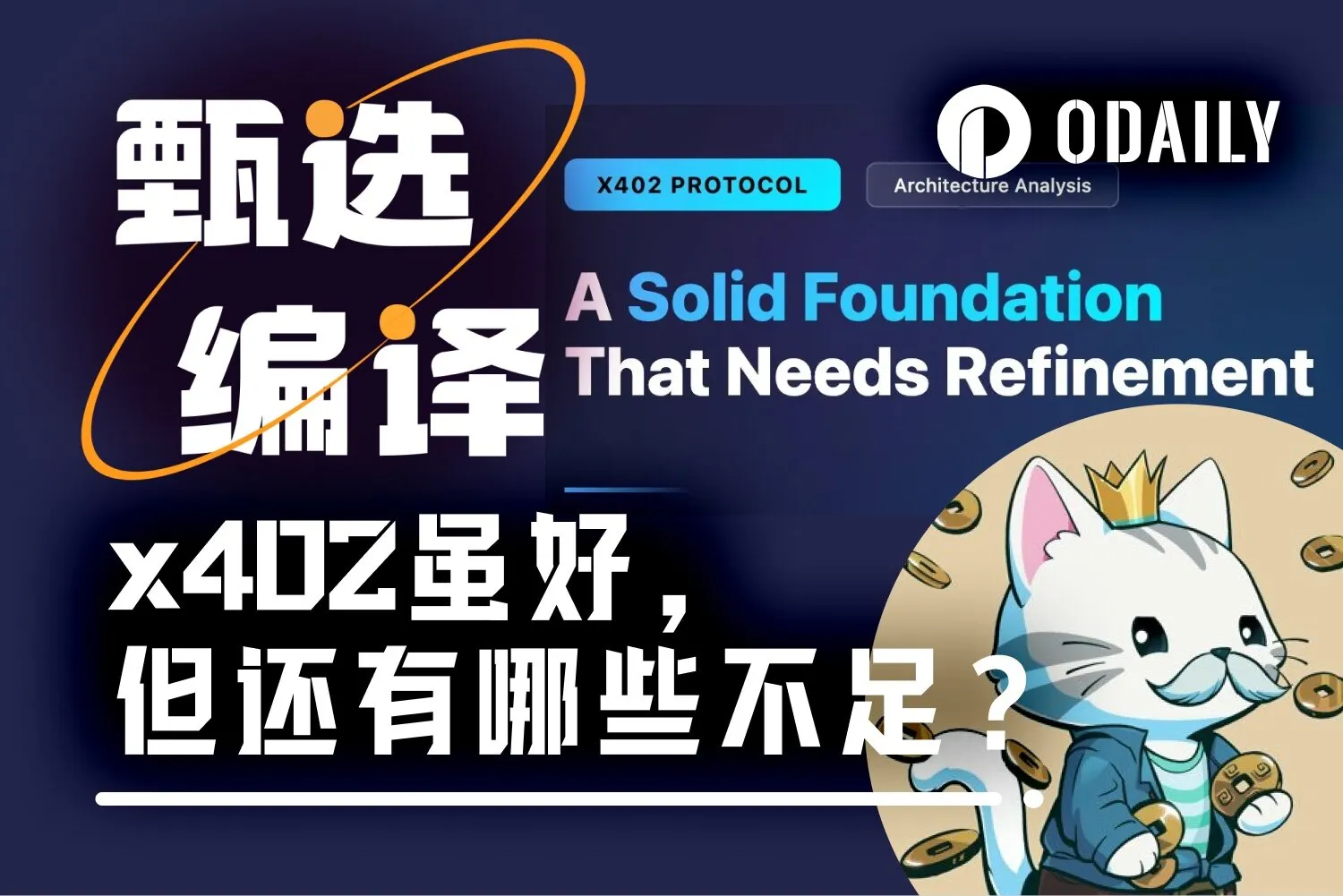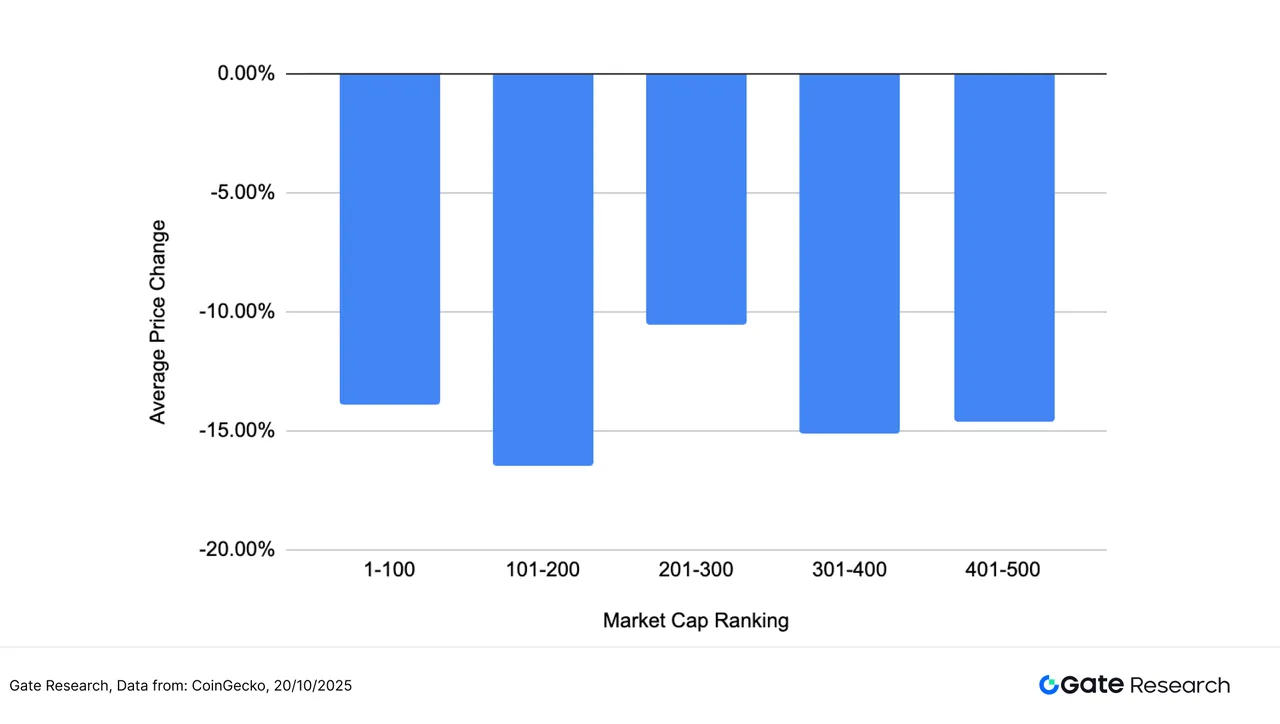===
First Asset Acquisition in the Crypto Industry
On October 30, an asset acquisition sent ripples through the crypto community. Lombard acquired BTC.b from Ava Labs—a Bitcoin-wrapped asset with a circulation of approximately $550 million. On the surface, this appears to be just another business collaboration, but a closer look reveals that this may be the first true "asset acquisition" in the crypto industry, rather than the code forks, team mergers, or brand alliances we are accustomed to. The interesting aspect of this situation is that BTC.b is not a concept, not a white paper, and not an experimental product still in the testnet. It is a living product with 12,000 real users, integrated into mainstream protocols like Aave, BENQI, and GMX, with real money flowing daily.
Ava Labs sold this entire package, including users, integration relationships, and technical architecture, as a whole. This is almost unprecedented in the crypto world. Even more intriguing is the timing. Bitcoin has just reached an all-time high, institutional funds are flooding into the crypto market, and regulators are beginning to frown upon centralized wrapped assets. WBTC has been questioned for custody risks, and cbBTC has been criticized for its KYC thresholds; the market is in need of a new narrative. Lombard's decision to act at this juncture is not a coincidence. But we need to calmly ask: Is this truly a signal of industry evolution, or just another carefully packaged marketing narrative? Can the logic behind this transaction withstand market scrutiny? More importantly, what structural changes are being revealed in the Bitcoin DeFi ecosystem?
Behind the Transaction: Has the Crypto Industry Finally Started "Buying Companies"?
In the traditional financial world, asset acquisitions are a normal business practice. However, in the crypto space, the dominant theme over the past decade has been "copy and paste": see a good project? Fork it. Want to compete? Launch a new coin. Need to expand? Build another chain. Very few have actually spent money to buy an operational asset. Why? Because the underlying logic of the crypto world has always been "code is law" and "open source supremacy." Since everything is open source, why pay to buy it? Just fork it, give it a new name, change the logo, and get a few KOLs to promote it, and that's it. This is also why we see countless "XX swap" and "YY finance," which are essentially variants of Uniswap or Compound.
But this time is different. Lombard did not replicate a wrapped Bitcoin protocol; instead, it directly purchased an existing one. This reflects a shift in industry perception: user relationships, protocol integration, and brand trust are starting to have value. You can copy code, but you cannot replicate Aave's willingness to integrate your collateral, the daily usage habits of 12,000 users, or the security record accumulated over more than two years. From this perspective, Ava Labs' choice is also interesting. As the core team of the Avalanche ecosystem, they could have continued to operate BTC.b, slowly making money through fees and ecosystem growth. But they chose to divest. What does this indicate? Either they believe BTC.b's growth potential is limited, making cashing out more profitable; or they want to concentrate resources on more core activities, outsourcing the "dirty work" of wrapped assets.
Whichever it is, it reflects a reality: even leading projects are beginning to acknowledge that specialization is important, and not everything needs to be done in-house. If this transaction is successful, it could open a new market: the M&A market for crypto assets. Projects with users and integrations but limited team resources may become acquisition targets. Large platforms with capital and ambition may expand rapidly through acquisitions. This sounds very much like stories from the internet era—Google buying YouTube, Facebook buying Instagram—only now it involves tokens and smart contracts. But there is a huge uncertainty: will the community accept it? Users in the crypto world believe in decentralization and dislike corporate-style mergers. If Lombard takes over and messes up BTC.b, or if users feel this is a "betrayal," the entire narrative could collapse instantly.
The Trouble with WBTC: An Opportunity for Decentralized Wrapped Assets
To understand the significance of this transaction, one must first grasp Bitcoin's awkward position in the DeFi world. Bitcoin is the totem of the crypto world, with a market cap exceeding $1.3 trillion, yet its presence in DeFi is minimal. The reason is simple: Bitcoin is not a smart contract platform, and you cannot directly use native BTC for DeFi on Ethereum or Solana. This led to the business of "wrapped Bitcoin"—locking real BTC in one place and issuing an equivalent amount of tokens on other chains to represent it. Over the past few years, this market has been largely monopolized by WBTC, with over $8 billion in circulation, holding an absolute dominant position. However, WBTC has a fatal flaw: it is too centralized. All Bitcoin is held in custody by BitGo, and you have to trust that BitGo won't run away, won't be hacked, and won't be frozen by regulators.
For an industry that claims to be decentralized, this trust model is a huge irony. This year's situation has made this issue even more pronounced. Regulators have begun to focus on stablecoins and wrapped assets, demanding transparency, compliance, and KYC. WBTC has been forced to make some changes, which have sparked community dissatisfaction. Meanwhile, Coinbase launched cbBTC, attempting to leverage its brand and compliance advantages to capture market share. But cbBTC has a problem: it requires KYC, which goes against the spirit of crypto. Many users and protocols do not want to be tied to a centralized exchange ecosystem. The market needs a third option: one that is both decentralized and compliance-friendly; one that offers security guarantees without a single point of failure. This is the paradigm shift occurring in the wrapped Bitcoin space.
The problem with BTC.b before was that it was merely a product within the Avalanche ecosystem, lacking the resources and motivation for cross-chain expansion. Ava Labs' core business is building public chains, and wrapped assets are just a side project. Now that Lombard has taken over, the situation is different. Lombard's entire business model is built around Bitcoin DeFi; it has the motivation to promote BTC.b, the resources for multi-chain deployment, and the team to connect with more protocols. But there is a key question: what gives Lombard the right to challenge WBTC? The network effect of liquidity is extremely powerful. Users use WBTC because all protocols support it; protocols support WBTC because all users use it. This creates a vicious cycle that is hard for newcomers to break. Lombard's strategy is to differentiate itself. It not only offers non-yielding BTC.b but also interest-bearing LBTC, providing users with more options.
The question is whether this logic can be validated in the market. Do users really care about decentralization and product diversity, or do they only care about which token has the best liquidity and the lowest fees? The next 6-12 months will provide the answer. If Lombard can significantly increase the circulation of BTC.b and the number of protocol integrations during this period, then this strategy will be effective. But if the data stagnates or even shows user loss, then all theoretical advantages will be mere words. More critically, Lombard needs to prove that the verification network composed of 15 institutions is indeed safer and more transparent than single custody. If any technical incidents or trust crises occur during this process, the entire narrative will collapse instantly.
The 1% Dilemma of Bitcoin DeFi
A number that has been repeatedly cited is: of Bitcoin's $1.3 trillion market cap, less than 1% is active in DeFi. This sounds like a huge opportunity—if this ratio could be raised to 5%, that would be a $65 billion market; at 10%, it would be $130 billion. All projects involved in Bitcoin DeFi tell this story, and Lombard is no exception. But we need to ask: is this 1% a temporary phenomenon or a structural reality? Why are Bitcoin holders reluctant to put their coins into DeFi? The first reason is security. Bitcoin is "digital gold," and holders have a long-term storage mindset rather than a short-term trading one. Bridging Bitcoin to other chains inherently increases risk—smart contract vulnerabilities, cross-chain bridge attacks, and failures of wrapped protocols are all real occurrences.
The collapses of FTX, Celsius, and Terra-Luna are still fresh in memory, and users are extremely cautious about "putting assets in other places." The second reason is that the yields are not attractive enough. In a bull market, the appreciation of Bitcoin itself is considerable; why take the risk for a few points of DeFi yield? In a bear market, capital preservation is the top priority, and taking risks is even less likely. Only during a special window—when Bitcoin's price is relatively stable but market sentiment remains optimistic—do DeFi yields become attractive. Such windows are not common. The third reason is the technical barrier. For ordinary users, understanding the concept of "wrapped Bitcoin" is already quite challenging, let alone operating across different chains, managing gas fees, and dealing with liquidity risks. Those who are truly active in DeFi are often technically savvy, experienced, and have a high risk tolerance.
Therefore, the 1% figure may not be a bug but a feature. It reflects not a "huge untapped market," but rather that "most Bitcoin holders are simply not suited for DeFi." If this is the case, then all projects that tout "unlocking Bitcoin's potential" may be self-deceiving. But there is also another possibility: the market has not yet found the right product form. Perhaps in the future, a simpler, safer, and more user-friendly way will emerge, allowing ordinary Bitcoin holders to enjoy the benefits of DeFi without taking on excessive risks. If that day comes, 1% could indeed become 10% or more. The question is, who can create that product? This requires not only technological innovation but also user education, regulatory cooperation, and mature infrastructure. Lombard's acquisition of BTC.b is akin to obtaining a ticket to this race.
Ava Labs' Calculation: Keep What Should Be Kept, Sell What Should Be Sold
From Ava Labs' perspective, this transaction is quite intriguing. BTC.b is an important asset within the Avalanche ecosystem and a crucial bridge connecting Bitcoin. Selling it may seem like a weakening of the ecosystem at first glance, but there may be deeper logic behind it. First, managing custodial assets is cumbersome; it requires maintaining reserves, integrating protocols, handling user support, passing audits, and keeping an eye on regulatory changes. For a team focused on infrastructure development, the cost-effectiveness of investing resources in this is low, making it better to hand it over to a professional institution. Second, BTC.b's growth may be nearing a bottleneck; although $550 million is a considerable scale, it is still insignificant compared to WBTC. Ava Labs' core competency lies in building chains rather than promoting custodial assets, making further expansion difficult. Handing it over to Lombard may reignite growth, as they will invest substantial resources in cross-chain expansion. Finally, this is also a wise risk transfer; custodial assets face rising regulatory risks. If policies tighten in the future, it will be Lombard that bears the impact, not Ava Labs. Conversely, if BTC.b succeeds under Lombard's operation, Avalanche will still benefit, as it remains the "core hub" of the ecosystem.
Conclusion: An Experiment, A Signal
It is still too early to conclude whether this transaction will ultimately succeed or fail. However, it has indeed opened a window, allowing us to see the changes occurring in the crypto industry: from chaotic growth to strategic integration, from code worship to user-centricity, from single-chain competition to multi-chain collaboration. Whether Lombard can carve out a path amidst the pressures from WBTC and cbBTC depends on its execution, market judgment, and a bit of luck. Whether BTC.b can grow from a regional asset to a global infrastructure depends on its ability to truly address user pain points, rather than just providing a theoretically better solution.
More broadly, this case may become a sample for the crypto industry. If successful, more similar asset acquisitions may emerge, the M&A market will gradually mature, and the industry will align more closely with traditional business practices. If it fails, it may reinforce the belief that "decentralization does not require corporate operations," and the industry will continue to remain chaotic yet vibrant. Regardless, this is an experiment worth watching. It involves not just a $550 million asset transfer but an exploration of the future shape of the crypto industry. In the coming months, we will see the market provide answers. Those numbers—circulation, activity, integration count, market share—will reflect reality more honestly than any white paper or roadmap. As observers, all we need to do is stay attentive, remain skeptical, and wait for validation.
免责声明:本文章仅代表作者个人观点,不代表本平台的立场和观点。本文章仅供信息分享,不构成对任何人的任何投资建议。用户与作者之间的任何争议,与本平台无关。如网页中刊载的文章或图片涉及侵权,请提供相关的权利证明和身份证明发送邮件到support@aicoin.com,本平台相关工作人员将会进行核查。




